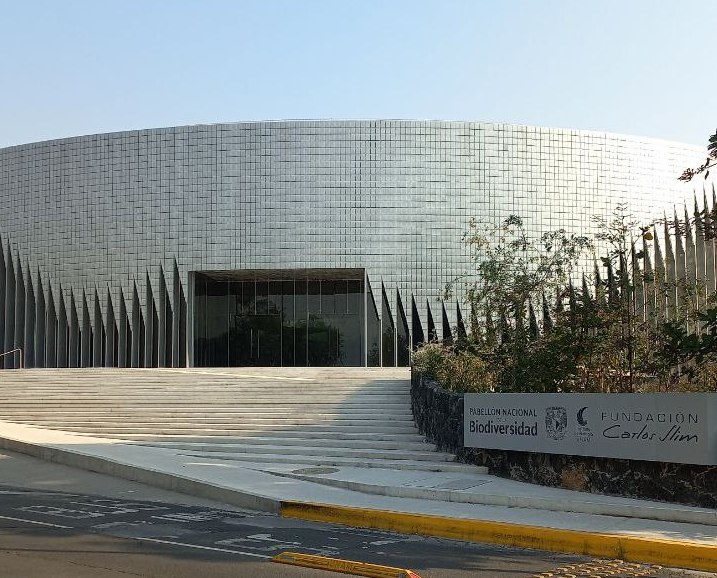
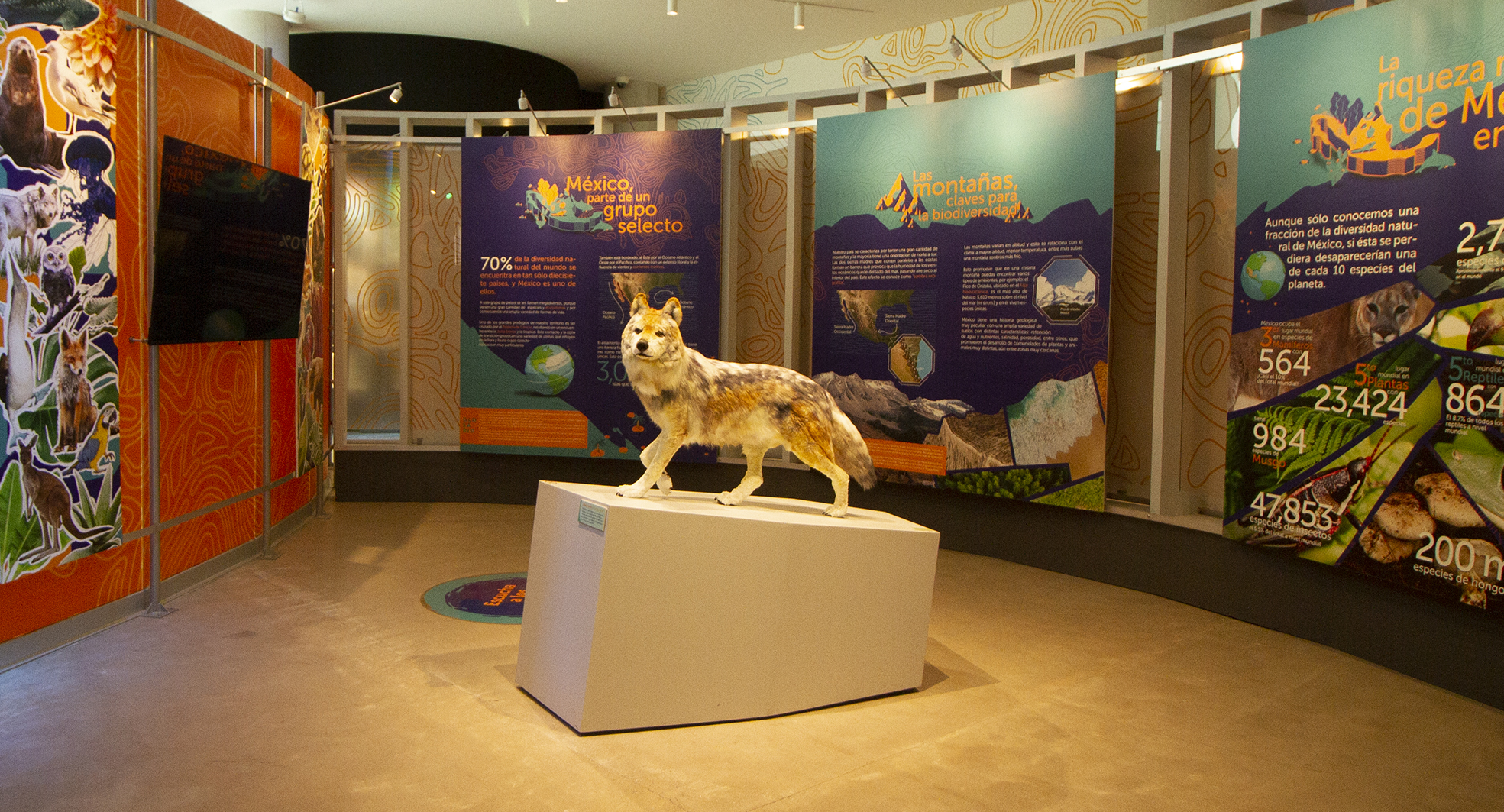
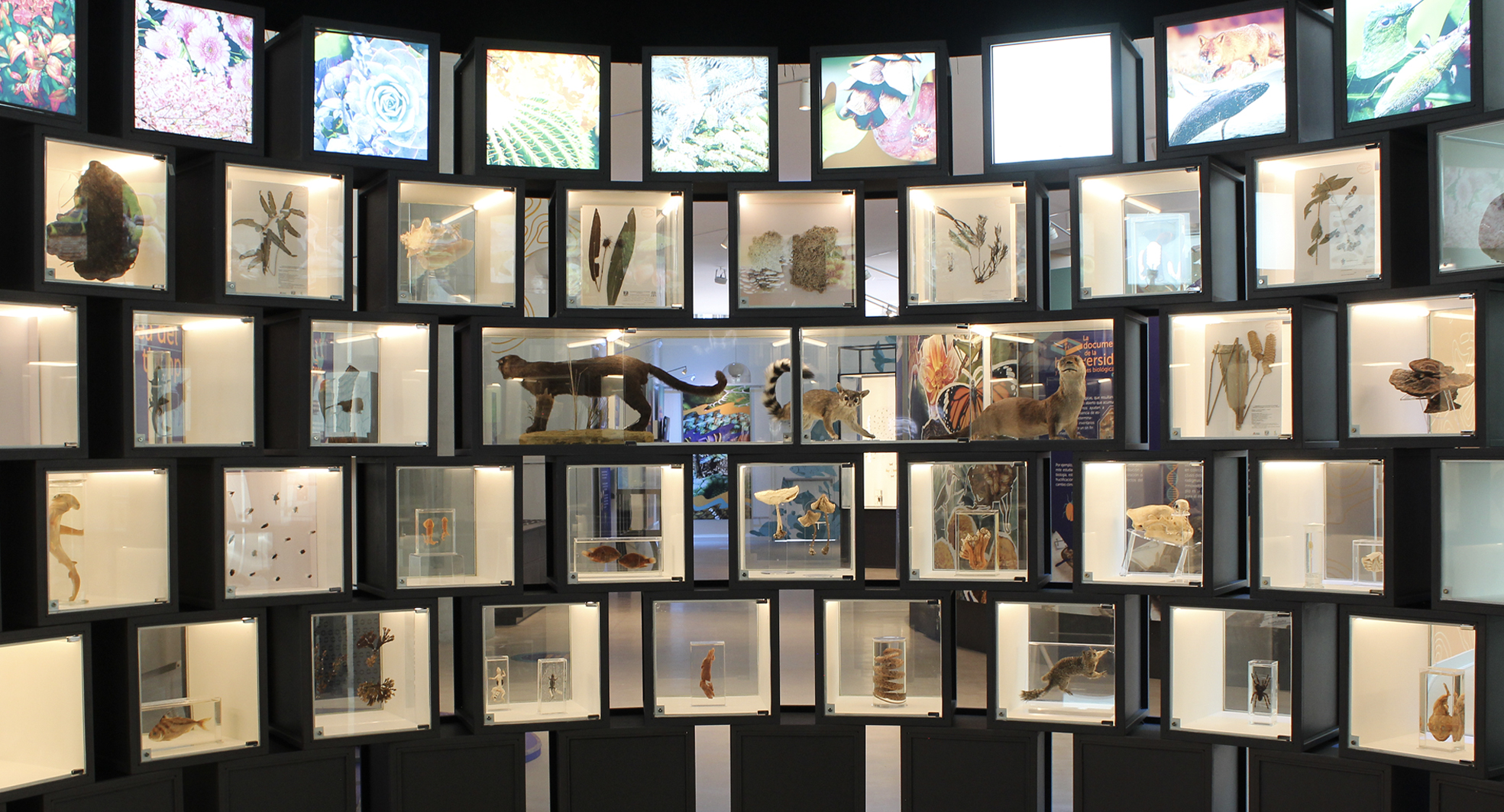


El Pabellón Nacional de la Biodiversidad es un nuevo museo científico dedicado a presentar y preservar la biodiversidad natural mexicana. El edificio fue concebido para albergar y apoyar las colecciones del Instituto Nacional de Biología. El museo no empezó a funcionar hasta el verano de 2022.
El nuevo museo, que forma parte de la Universidad Nacional Autónoma de México (UNAM), se encuentra dentro del Centro Cultural Universitario, en el centro del campus de la Universidad.
El Pabellón surgió de una donación de la Fundación Carlos Slim. La Fundación colaboró con el Instituto en la definición de temas y recursos para las exposiciones y laboratorios del complejo. El Grupo INCARSO también diseñó y donó el edificio de 12,000 metros cuadrados.
Las colecciones del Instituto de Biología incluyen unos 130.000 especímenes disecados. Entre ellos hay anfibios, insectos, mamíferos, reptiles, microorganismos y los esqueletos de un cachalote y una ballena azul. Unos 3,000 especímenes aparecen actualmente en las exposiciones. Las exposiciones permanentes exploran temas de actualidad:
El Pabellón de la Biodiversidad también alberga una Biblioteca Digital con computadoras, microscopios digitales, robots y una impresora 3D. El Pabellón también alberga una zona de exposiciones temporales con objetos prestados por el Museo Soumaya.
The Mexican National Institute of Biology was founded in 1929 as a depository for the National Biological Collections that had accrued since the end of the 19th century. It's one of the biggest and most complex research units in the UNAM. 165 members of the academic staff are grouped in five academic units:
 http://pabio.ib.unam.mx/
http://pabio.ib.unam.mx/

Cercano a 0.19 kms.

Cercano a 0.21 kms.

Cercano a 0.24 kms.
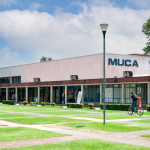
One of the UNAM's best loved and most central art museums . . .
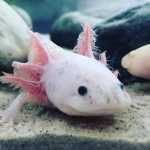
Mexico City's Axolotl Museum in the Parque Tarango . . .
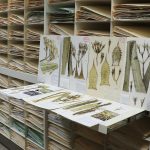
The National Herbarium of Mexico is considered one of the ten most active herbaria in the world for its mobility and inclusion of species.

Centro para la protección de los anfibios del Valle de México.
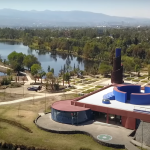
A museum to celebrate the diversity of Xochimilco's famous eco-systems.